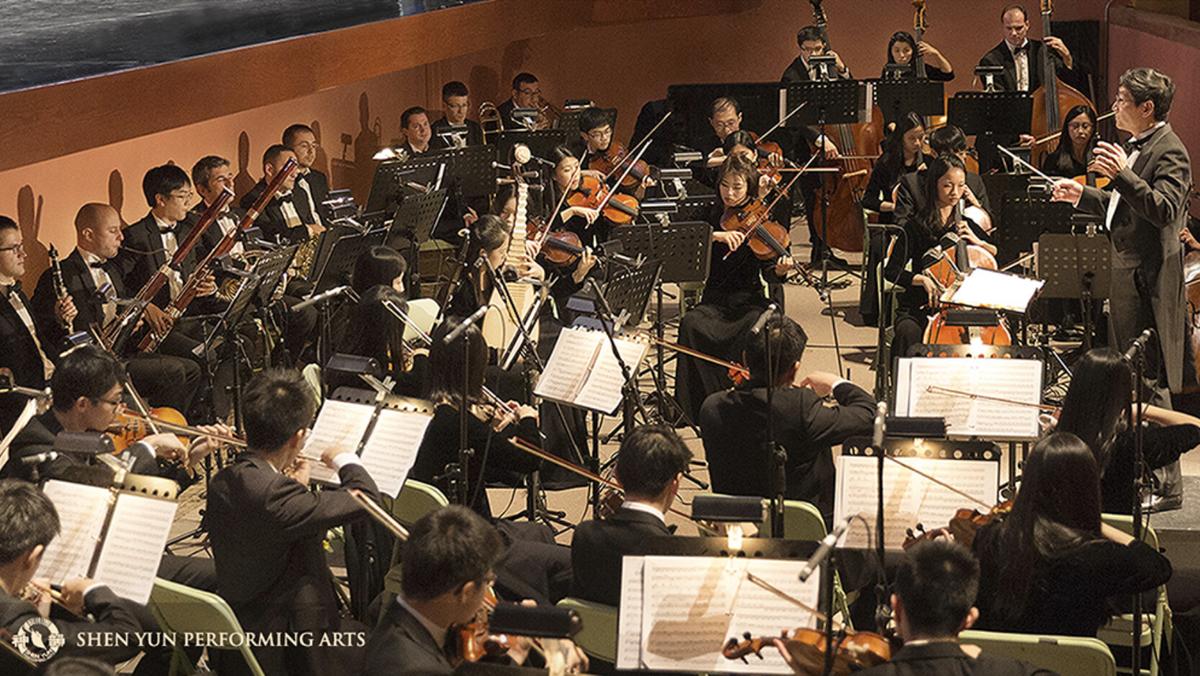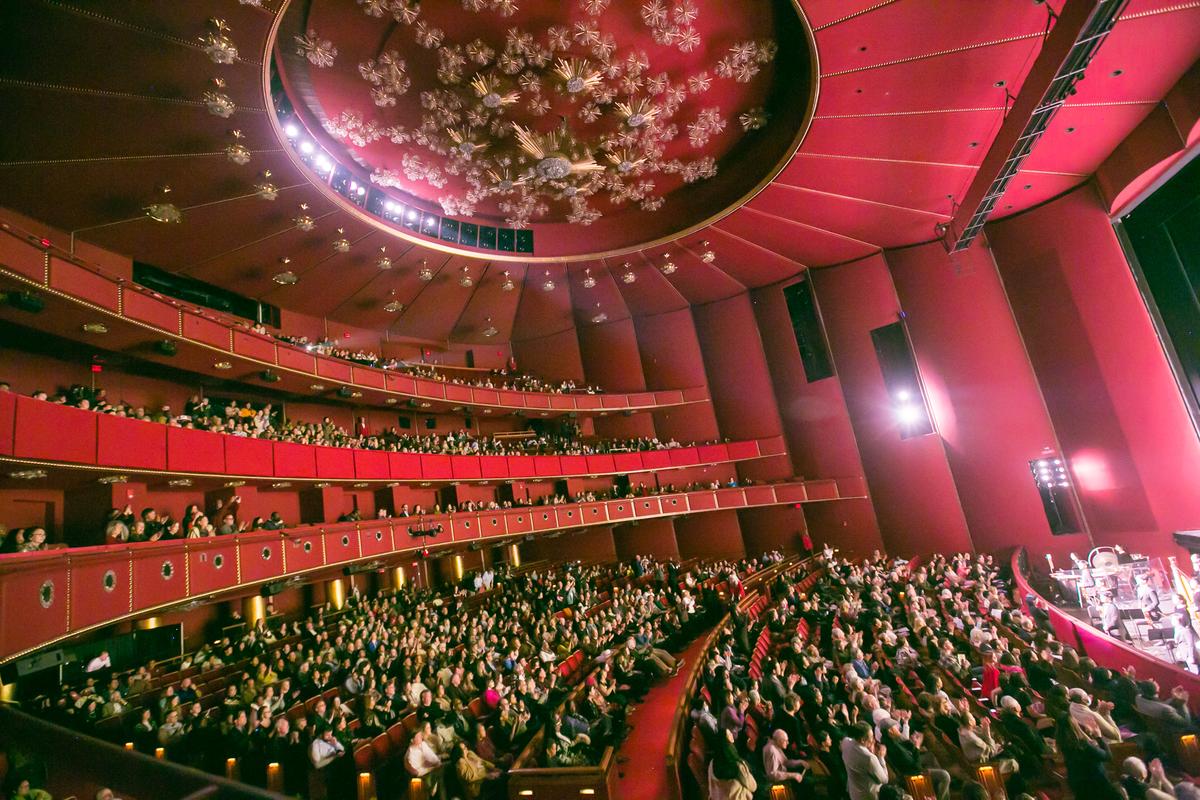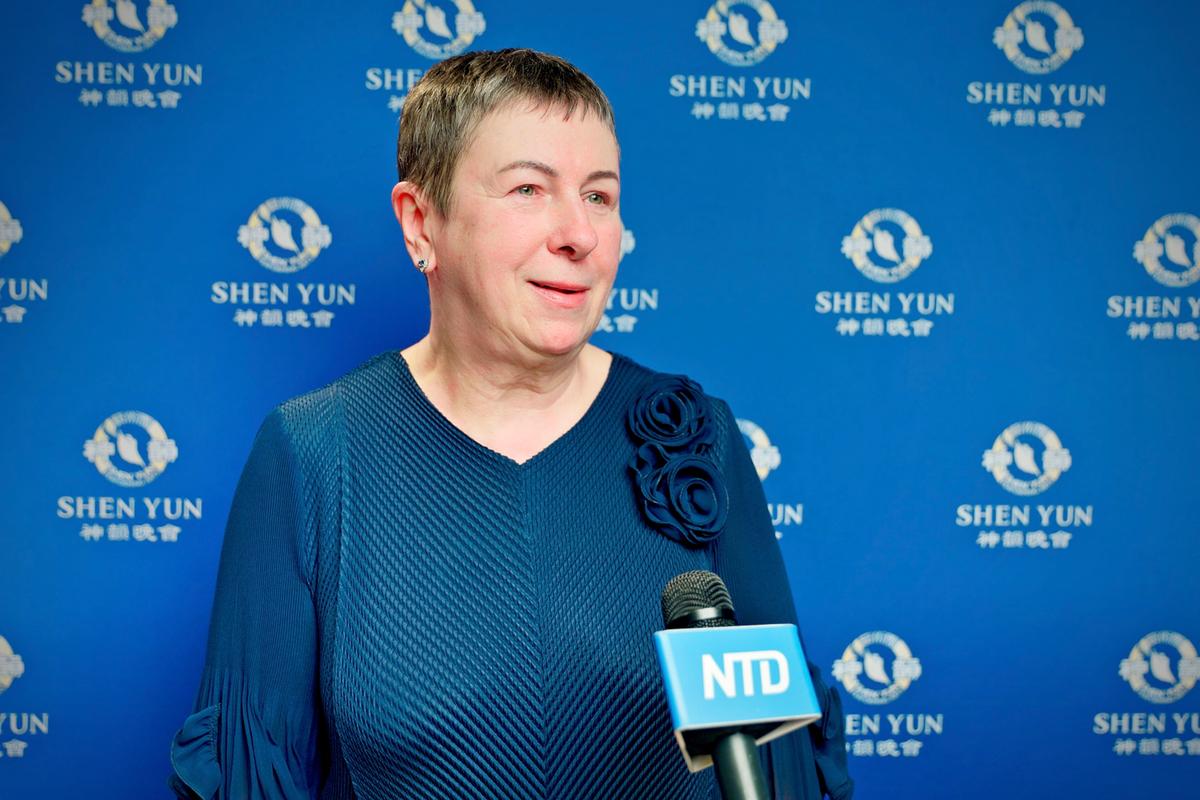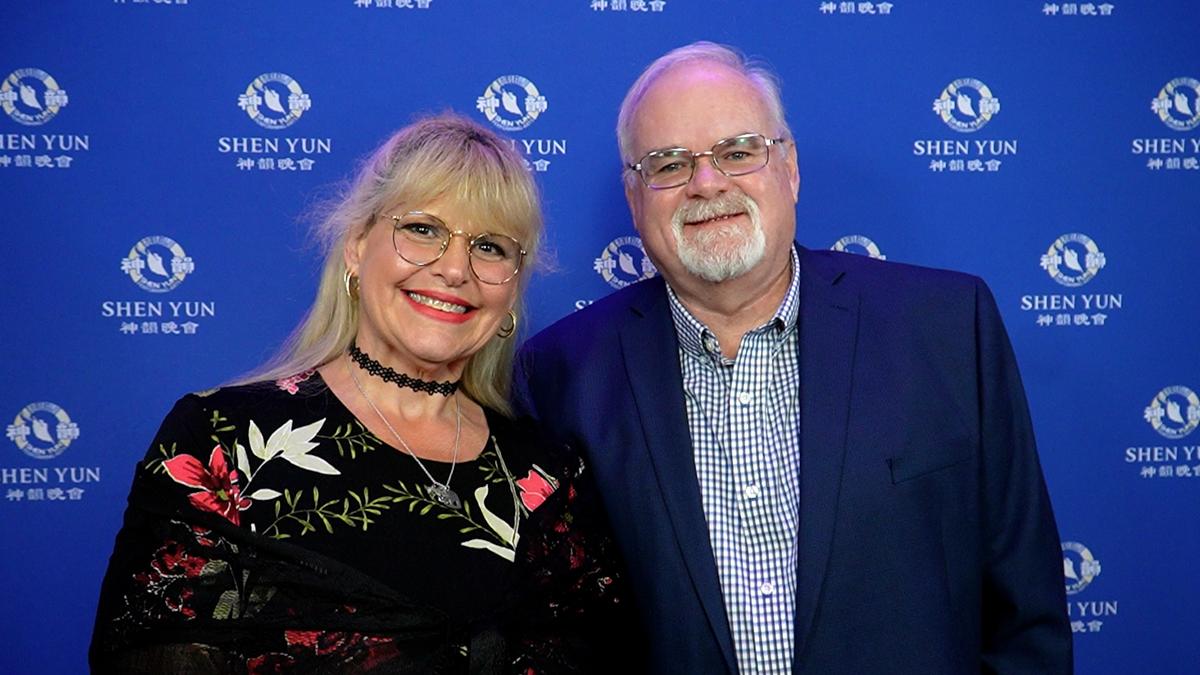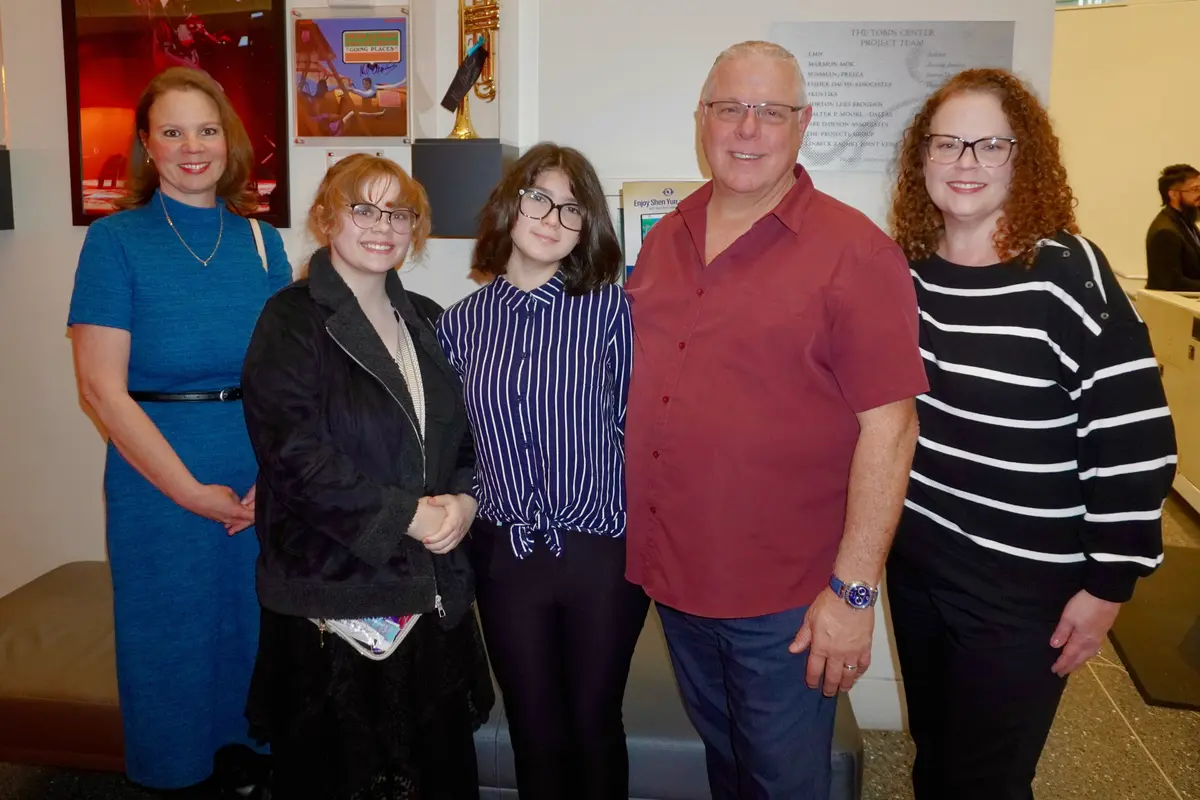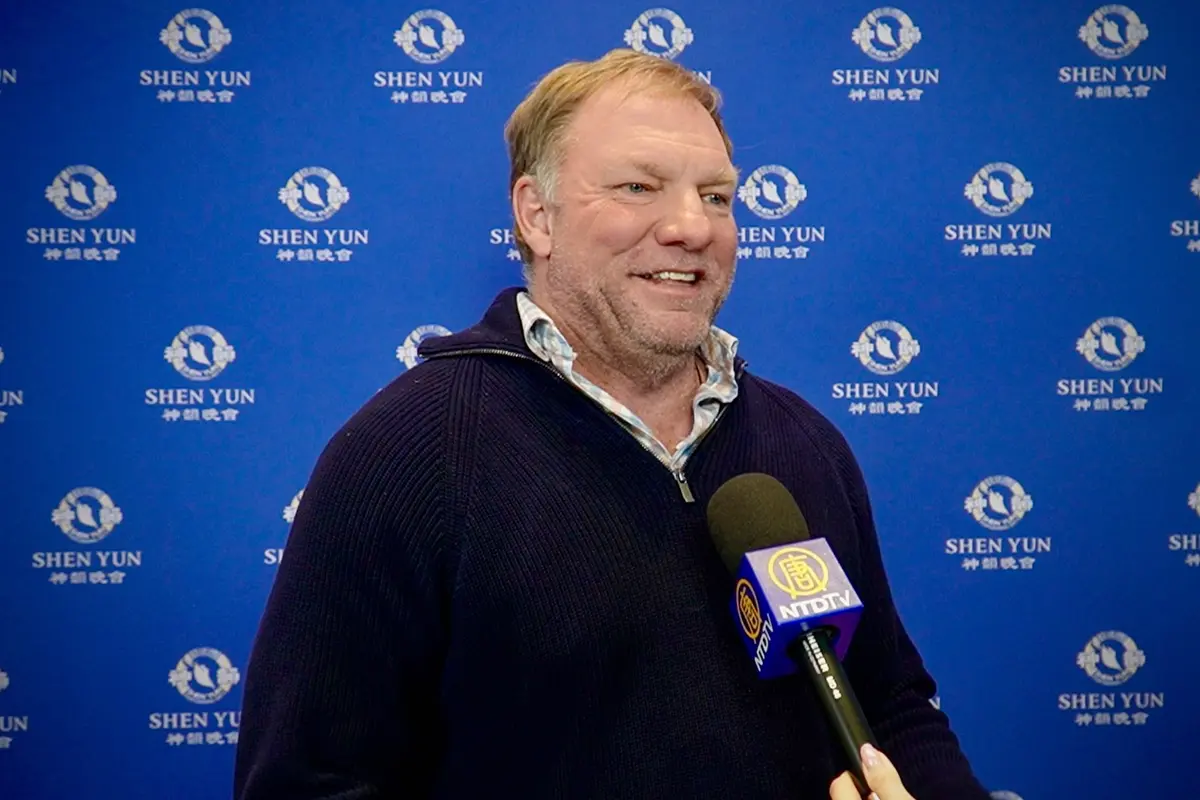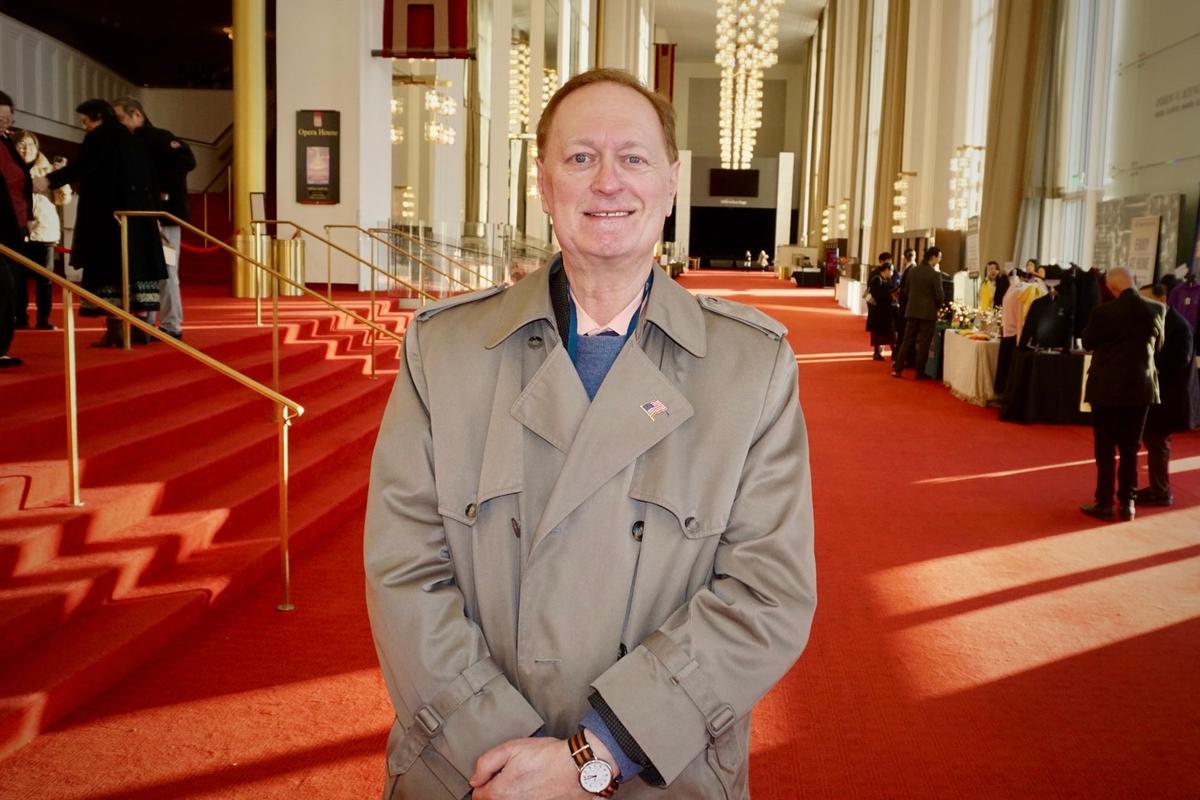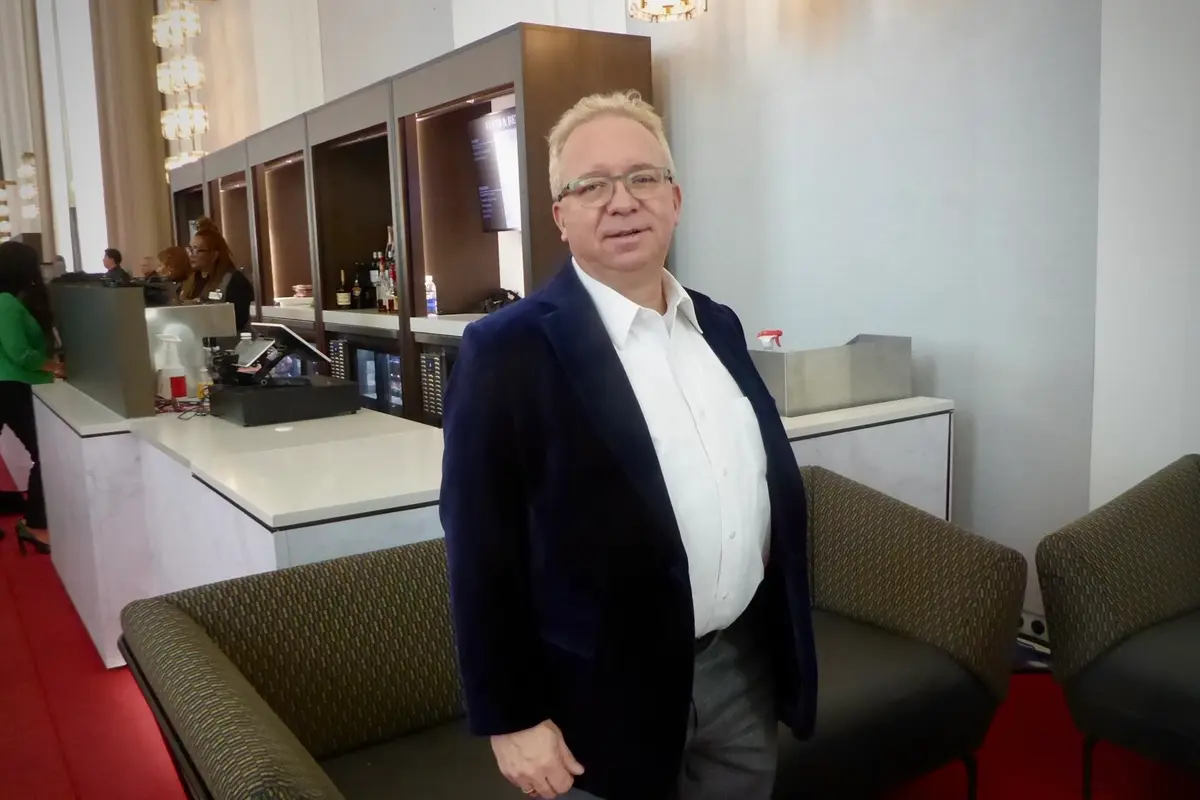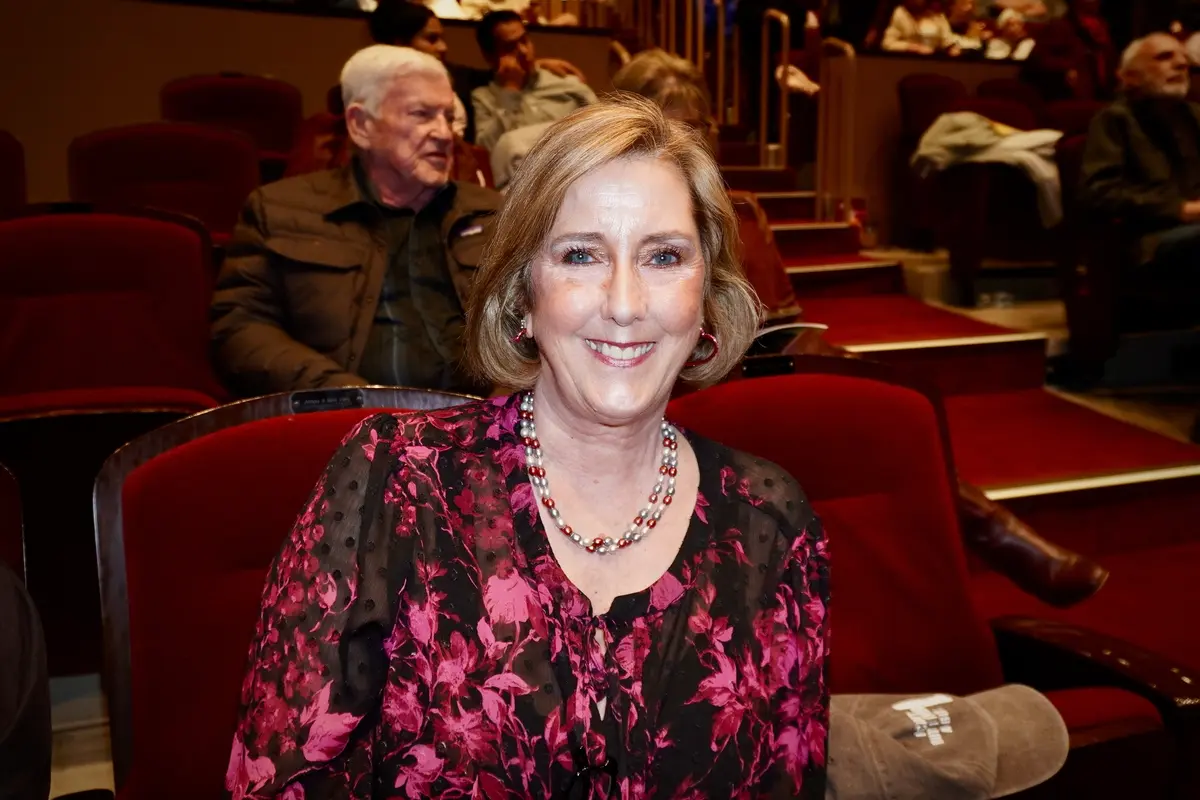Accompanying each performance is a live ensemble of musicians, but the Chinese instruments actually make up only a fraction of the group—they play amid a backdrop of classical symphony instruments.
Blending Western classical and ancient Chinese music is a notable feat. Many have tried, with lackluster results.
“You have to know the rules,” said pipa player and composer Jing Xian. Shen Yun’s own team of composers and arrangers have their own playbook of various rules. “It’s a bit of a secret recipe.”
Why Shen Yun Uses a Classical Western Orchestra
Shen Yun is the world’s premier classical Chinese dance company, and its mission is to revive the 5,000 years of traditional Chinese culture. This is an ancient, divinely inspired culture that was nearly decimated in just the last century; through music and dance, these artists have the wish to share that lost culture with the world.Classical music is a complex system, with consistent rules for tonality, harmony, and structure. The result is a rich and universal language that could even be called one of mankind’s greatest accomplishments.
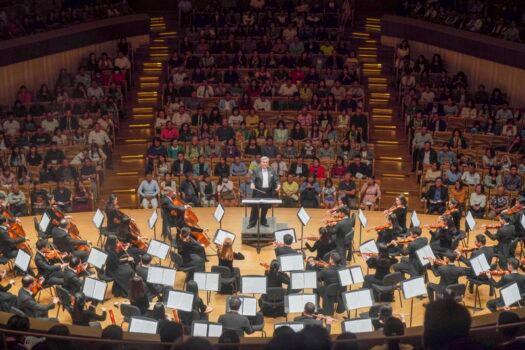
The universality is such that classical music has an endless vocabulary, and in an expert’s hands is capable of expressing any emotion, any narrative, any idea. Its limits are not confined to words, thus even cultures, or the spirit of a people, can be conveyed through classical music.
“Classical music is a common language,” Jing Xian said. And this was an important deciding factor when the music of production is conceived.
As such, Jing Xian explained, it was important to use a musical language that is truly universal and can reach all nations.
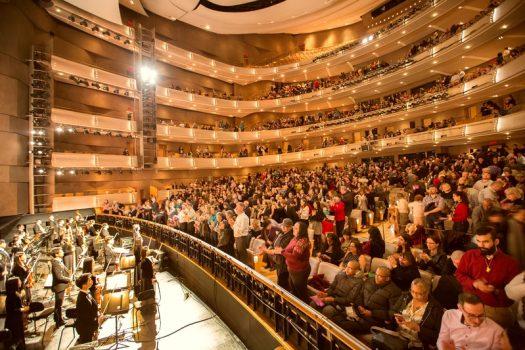
The second reason for seating the few Chinese instruments among an otherwise standard Western orchestra is the symphony’s sheer power. With a Western orchestra, you can have the swell of the strings and the brassy accent of the horns, and everything melds together to a grand effect. It’s a big ensemble with a big sound.
“Our orchestra is based on the Western orchestra, and the Chinese instruments are like colors blended in colorful instruments,” Jing Xian said. “We also use the classical style; we use Western harmony and orchestration techniques as well, and don’t break from that traditional method of arranging music.”
Shen Yun Music: Divine Notes
Ancient Chinese scholars had much to say about the philosophy of music, enough that Jing Xian could talk about it for days. She became a professional pipa player at the young age of 15 and pursued studies in composition, music literature, and ethnomusicology. The award-winning composer later earned her master’s and a doctorate in ethnomusicology at Oxford University.Rather than talk about how Chinese music affected traditional Chinese medicine or the different types of ensembles used in imperial courts, Jing Xian says what might be most illuminating for the novice to understand is that there is this belief that every note is alive.
“Every tone, every note is alive,” Jing Xian said. “The ancient people believed everything has life. So even the note, each single note, should have life quality—so it’s alive.”
This philosophy guided how music was written and played. The notes on the page weren’t “strict,” Jing Xian explained. They could move around, as living organisms are apt to do—meaning that a note might just be written as a single black dot on the score, but the player infused the played note with the sound of its own story, that characteristic undulation often heard in Chinese music, for example. The spaces between each note were important too because the music needed to breathe.
https://www.youtube.com/watch?v=BvqIkn2NFIM
The name Shen Yun is translated as something like “the beauty of divine beings dancing.” Shen means divine, and Yun is something like the feeling behind a movement. Chinese music has “yun” as well, Jing Xian said.
“It’s like color,” she said. “The notes contain different meanings as well. There is meaning behind it—the cultural and philosophical background behind the notes.”
Shen Yun Music: A Powerful Combination
A gong sounds, and you know immediately that someone like the emperor is about to appear. The theme announces him, and you don’t need to know anything about the musical technique to know it sounds royal.Violins bow furiously, and even though no one has made a move on stage, you know something big is about to happen.
“It’s this kind of thing,” Jing Xian said. “You have to choose the correct mode to represent this or that feature of the music, or whatever it is you want to convey.”
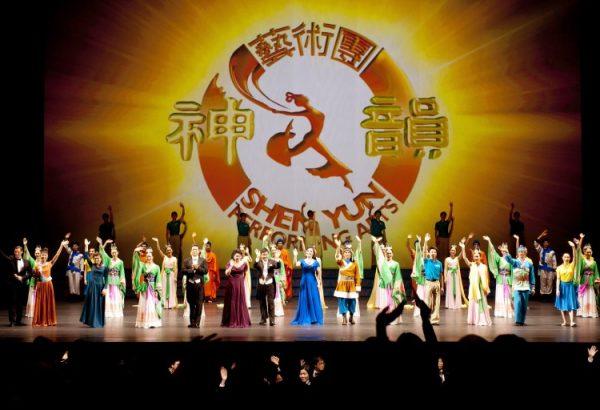
This means that from piece to piece, the music has to express what the Tang Dynasty imperial court sounds like in one dance and embody the spirit of the Miao people in the next dance. The production spans 5,000 years of history, and China is home to about 50 different ethnic minorities with their own cultures and customs.
The Mongolian folk dance is one audience favorite.
https://www.youtube.com/watch?v=5qJah7aCtIs
“They are people of the vast grasslands, and they sing under the open sky,” Jing Xian said, briefly singing a few bars of what one might hear on a friendly visit. “It’s very broad, with long lines—their environment reflects in the music like that. Inside a dense city, you wouldn’t sing like that. The tunes are shorter, smaller. So [their folk music] is related to their traditional lifestyle. You have to learn that and present that in a traditional way.”
“Folk songs all have their own styles, and we respect that and arrange the music according to the styles that they have. You have to know the differences between each group, each nation, each minority,” Jing Xian said.
“When I started, I knew very little. Then I started to learn. It has to do with the languages, the tones of their language, their religion, their traditions, and customs,” she said. “You have to know their styles, these different styles. Then you have to present it in a classical way, that’s all.”
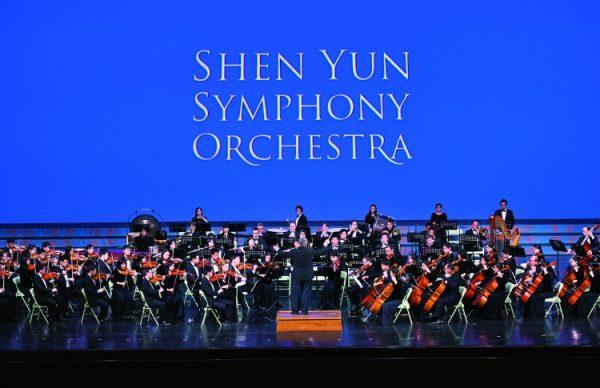
Jing Xian makes it sound simple, but Shen Yun’s music is the result of tremendous research and intensive artistic work.
“To do something different like this, you cannot just limit yourself to the technical,” Jing Xian said. It’s a matter of improving on various levels—artistic, emotional, mental, and spiritual.
“You have to improve all of that, all the time, in order to improve the music,” she said. “Therein lies the challenge.”
https://www.youtube.com/watch?v=dlC3PDqjIRU

